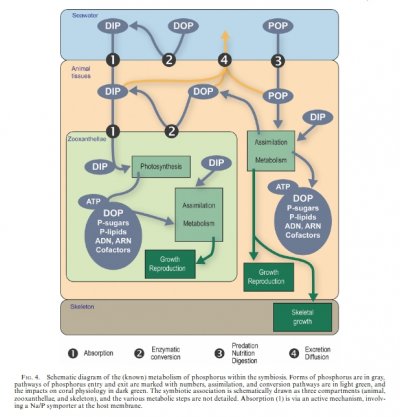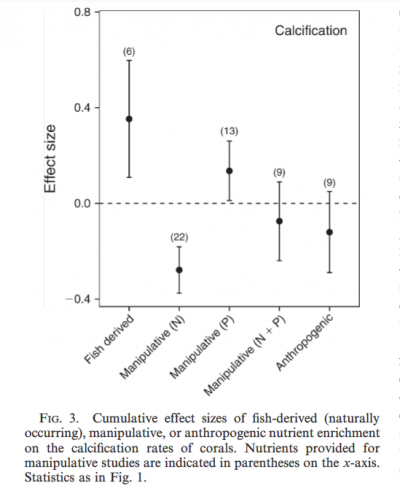- Joined
- Aug 10, 2018
- Messages
- 427
- Reaction score
- 384
What is the source of your water for ATO and water changes? I’m assuming you are using RO/DI, if so, what is your TDS? In my opinion, it should be at or very close to 0 ppm. Do you start out with well or city water? Well water seems to be most problematic.
Have you tried a good UV sterilizer? I added one and it keeps my fish healthier and kills nuisance algae, like red slime, that is in the water column. I think the benefits of running one, outweighs any potential negatives.
What are your Alk levels? Your calcium levels are ok, but a bit high in my opinion. I’m betting your Alk is low.
My alk hovers around 8. I actually don’t know my PH (typo above). I have been thinking that most problems arise late winter and maybe low PH from the house being closed up may create problems. But, I can’t measure it yet (apex on the way).What is the source of your water for ATO and water changes? I’m assuming you are using RO/DI, if so, what is your TDS? In my opinion, it should be at or very close to 0 ppm. Do you start out with well or city water? Well water seems to be most problematic.
Have you tried a good UV sterilizer? I added one and it keeps my fish healthier and kills nuisance algae, like red slime, that is in the water column. I think the benefits of running one, outweighs any potential negatives.
What are your Alk levels? Your calcium levels are ok, but a bit high in my opinion. I’m betting your Alk is low.
Water is high iron softened city water, that goes through an rodi system. 2 sediment filters, carbon block, 3 resins.
I did run UV for a while because I got dinos multiple times and it took care of that no problem. But no impact on cyano or other algae’s.
I do have more actual red algae than green. But the cyano drives me crazy. Harder to get rid of then dynos for me. I’ve used chemiclean before. But I wait months before doing so. I feel like I’m just covering a problem (possibly making another) that I cannot identify.



















